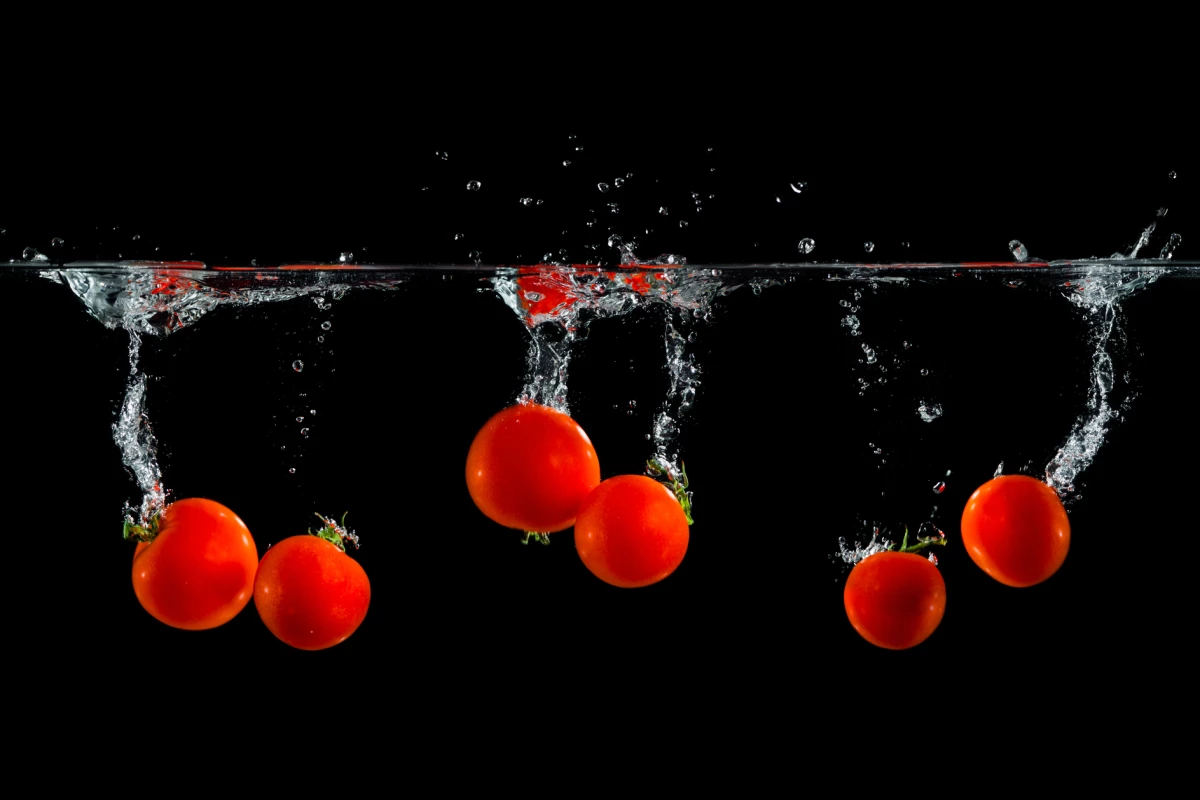The typical freezers found homes and restaurants play an invaluable role in preserving foods until they're ready to be eaten, but an alternative technology promises to not only use far less energy, but improve food quality at the same time. Known as isochoric freezing, the technique was originally developed to cryopreserve tissues and organs for transplants, but scientists have recently started exploring how it could be widely adopted for food storage, and a new study has laid bare the massive energy savings to be reaped if we do.
Isochoric freezing was originally developed by Boris Rubinsky at the University of California, Berkely, who described the thermodynamic principles in a study published in 2005. The idea was to improve the viability of tissues and organs for transplantation by preventing the formation of harmful ice crystals during their preservation, which damage the biological materials and limit the success of these procedures.
Conventional freezing relies on exposing an object to the air and temperatures of 0 °C (32 °F), which sees them freeze solid. Isochoric freezing, meanwhile, involves placing the object in a closed chamber, usually made of hard plastic or metal, and immersing it in liquid inside. As the chamber is cooled down to a preset temperature, the liquid protects the submersed object from ice crystallization and better preserves its qualities.
"Energy savings come from not having to freeze foods completely solid, which uses a huge amount of energy, plus there is no need to resort to energy-intensive cold storage protocols such as quick freezing to avoid ice crystal formation," says study author Cristina Bilbao-Sainz.
This idea of using isochoric freezing for food preservation has been explored through studies applying the technology to tomatoes, potatoes, and other foods that don't tend to cope well with the conventional freezing process. With no ice damage to contend with, the tomatoes maintained better mass, shape, volume and color, and the potatoes underwent no weight loss and far less browning. Other studies suggest isochoric freezing can also kill harmful bacteria.
The newly published study, carried out by Rubinsky, Bilbao-Sainz and scientists at the US Department of Agriculture and University of California, Berkeley, looks at the impact isochoric freezing could have on the global cold food chain. Storing frozen foods under isochoric freezing conditions instead of conventional isobaric conditions could not only improve their quality and enable preservation of fresh foods like tomatoes, potatoes and even leafy greens, but also save monumental amounts of energy.
"A complete change over to this new method of food freezing worldwide could cut energy use by as much as 6.5 billion kilowatt-hours each year while reducing the carbon emissions that go along with generating that power by 4.6 billion kg (10.1 billion lb), the equivalent of removing roughly one million cars from roads," says Bilbao-Sainz. "These savings could be achieved without requiring any significant changes in current frozen food manufacturing equipment and infrastructure, if food manufacturers adopt this concept."

The equipment needed for isochoric freezing is neither complicated nor terribly expensive. The chambers used in research projects have been made from thick-walled stainless steel, but could also be made from lighter materials like plastic or carbon fiber composites, so long as the walls are rigid. These specialized chambers could then be placed in conventional freezers in industrial settings or even homes, adding isochoric functionality to an otherwise typical kitchen setup.
"The entire food production chain could use isochoric freezing – everyone from growers to food processors, product producers to wholesalers, to retailers," says study author Tara McHugh. "The process will even work in a person's freezer at home after they purchase a product – all without requiring any major investments in new equipment. With all of the many potential benefits, if this innovative concept catches on, it could be the next revolution in freezing foods."
The study was published in the journal Renewable Sustainable Energy Reviews.
Source: US Department of Agriculture




